An international team of researchers led by the University of Bristol has shed light on Earth’s earliest ecosystem, showing that within a few hundred million years of planetary formation, life on Earth was already flourishing.
Tag: Ecosystem
From space to swamp: innovative AI method classifies mangrove species with unprecedented accuracy
Mangrove ecosystems, vital for biodiversity and climate change mitigation, face challenges in monitoring and conservation due to their complex species composition. A new study introduces an AI-driven approach to classify mangrove species with remarkable accuracy, potentially transforming conservation efforts.
AI goes underwater: transforming coral reef conservation with cutting-edge image analysis
In an era where coral reef ecosystems worldwide are under significant threat, the ability to accurately monitor and assess their health is more crucial than ever. This latest research introduces sophisticated deep learning models to enhance the precision and speed of coral reef imaging analyses, paving the way for more effective conservation strategies.

For microscopic organisms, ocean currents act as ‘expressway’ to deeper depths, study finds
New research shows how tiny plant-like organisms hitch a ride on ocean currents to reach darker and deeper depths, where they impact carbon cycling and microbial dynamics in the subtropical oceans.
UC Irvine researchers shine light on rapid changes in Arctic and boreal ecosystems
Irvine, Calif., April 16, 2024 — Arctic and boreal latitudes are warming faster than any other region on Earth. In three new studies, Earth system scientists at the University of California, Irvine report how the ecosystems in these regions are changing. In a study published in Global Change Biology, a team led by Earth system science Ph.
Florida Wildlife Corridor Eases Worst Impacts of Climate Change
Florida is projected to lose 3.5 million acres of land to development by 2070. A new study highlights how Florida can buffer itself against both climate change and population pressures by conserving the remaining 8 million acres of “opportunity areas” within the Florida Wildlife Corridor (FLWC), the only designated statewide corridor in the U.S.
Africa is no longer the carbon sink of the world
In only nine years between 2010 and 2019, Africa has turned from being a net carbon sink, to being a net carbon source.
Revealing Nature’s Secrets from Space: Satellite Data Unlocks Drought’s Impact on Southwest China’s Carbon Cycle
A new study reveals a significant increase in aboveground carbon (AGC) in Southwest China from 2013 to 2021, defying the adverse effects of extreme droughts. This achievement underscores the region’s pivotal role as a carbon sink, attributed to extensive ecological projects and innovative remote sensing techniques.
Giant new snake species identified in the Amazon
A team of scientists on location with a film crew in the remote Amazon has uncovered a previously undocumented species of giant anaconda.
Is the Amazon forest approaching a tipping point?
Global warming may be interacting with regional rainfall and deforestation to accelerate forest loss in the Amazon, pushing it towards partial or total collapse.
Satellites unveil the size and nature of the world’s coral reefs
University of Queensland-led research has shown there is more coral reef area across the globe than previously thought, with detailed satellite mapping helping to conserve these vital ecosystems.
Global study: Wild megafauna shape ecosystem properties
For millions of years, a variety of large herbivores, or megafauna, influenced terrestrial ecosystems.
Underwater molecular barter
Corals and anemones engage in symbiotic relationships with algae and swap nutrients with them. A new study shows how this partnership is regulated at cell level.
Bats feast as insects migrate through Pyrenees
Bats gather to feast as nocturnal insects fly through mountain passes in the Pyrenees each autumn, new research shows.
World’s deepest coral calcification rates measured off Hawaiian Islands
In the waters off the Hawaiian Islands, rates of calcification were measured in the deepest coral colonies and reported recently in a study led by a University of Hawai‘i (UH) at Mānoa oceanographer.
Shoshone-Bannock Tribes, Idaho National Laboratory Begin Irrigation Modernization Case Study
Idaho National Laboratory (INL) is partnering with the Shoshone-Bannock Tribes to modernize the Fort Hall, Idaho-based irrigation system.
Previously Overlooked Algae Toxin Widespread in Southern Indian River Lagoon
Pseudo-nitzschia spp., an algae that produces the neurotoxin domoic acid, can bioaccumulate within food webs causing harm to humans and animals. A molecular study of Florida’s Indian River Lagoon shows this algae was present in 87 percent of the water samples collected. All isolates showed toxicity, and domoic acid was found in 47 percent of surface water samples. As a nursery for many organisms that supports a high amount of biodiversity, the presence of domoic acid could negatively impact the lagoon system.
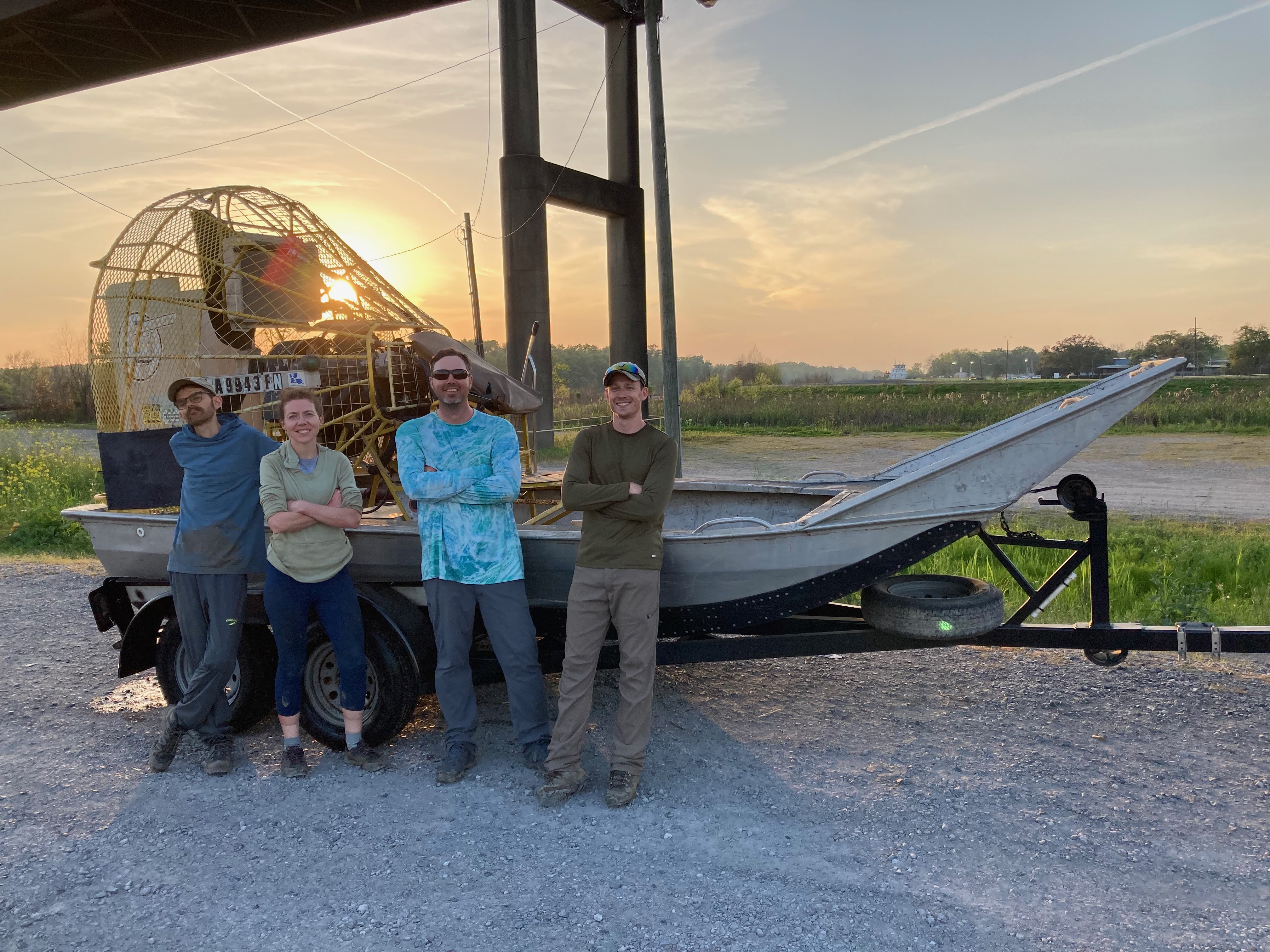
Firsthand fieldwork: ORNL scientists establish monitoring in at-risk coastal ecosystem
As a biogeochemist at the Department of Energy’s Oak Ridge National Laboratory, Matthew Berens studies how carbon, nutrients and minerals move through water and soil. In this firsthand account, Berens describes recent fieldwork in Louisiana with colleagues to better understand coastal ecosystems.
Salt marshes protect the coast – but not where it is needed most
Salt marshes provide multiple ecosystem services, one of those is protection of the coast against flooding. This is especially important in low-lying countries like the Netherlands.
Can deep learning help us save mangrove forests?
Mangrove forests are an essential component of the coastal zones in tropical and subtropical areas, providing a wide range of goods and ecosystem services that play a vital role in ecology. They are also threatened, disappearing, and degraded across the globe.
Turn off porch light to aid caterpillars — and safeguard backyard ecosystems
Moderate levels of artificial light at night – like the fixture illuminating your backyard – bring more caterpillar predators and reduce the chance that these lepidoptera larvae grow up to become moths and serve as food for larger prey.
Chula Offers a New Dimension to Learning about the Past with “The CU Memorial Hall’s VR Program”
Chula’s Institute of Thai Studies and the Faculty of Engineering have worked together to create “The CU Memorial Hall’s VR Program” pioneering the learning of history in three-dimensional virtual reality, rendering modernity to the past and instilling a sense of fun in the new generation.
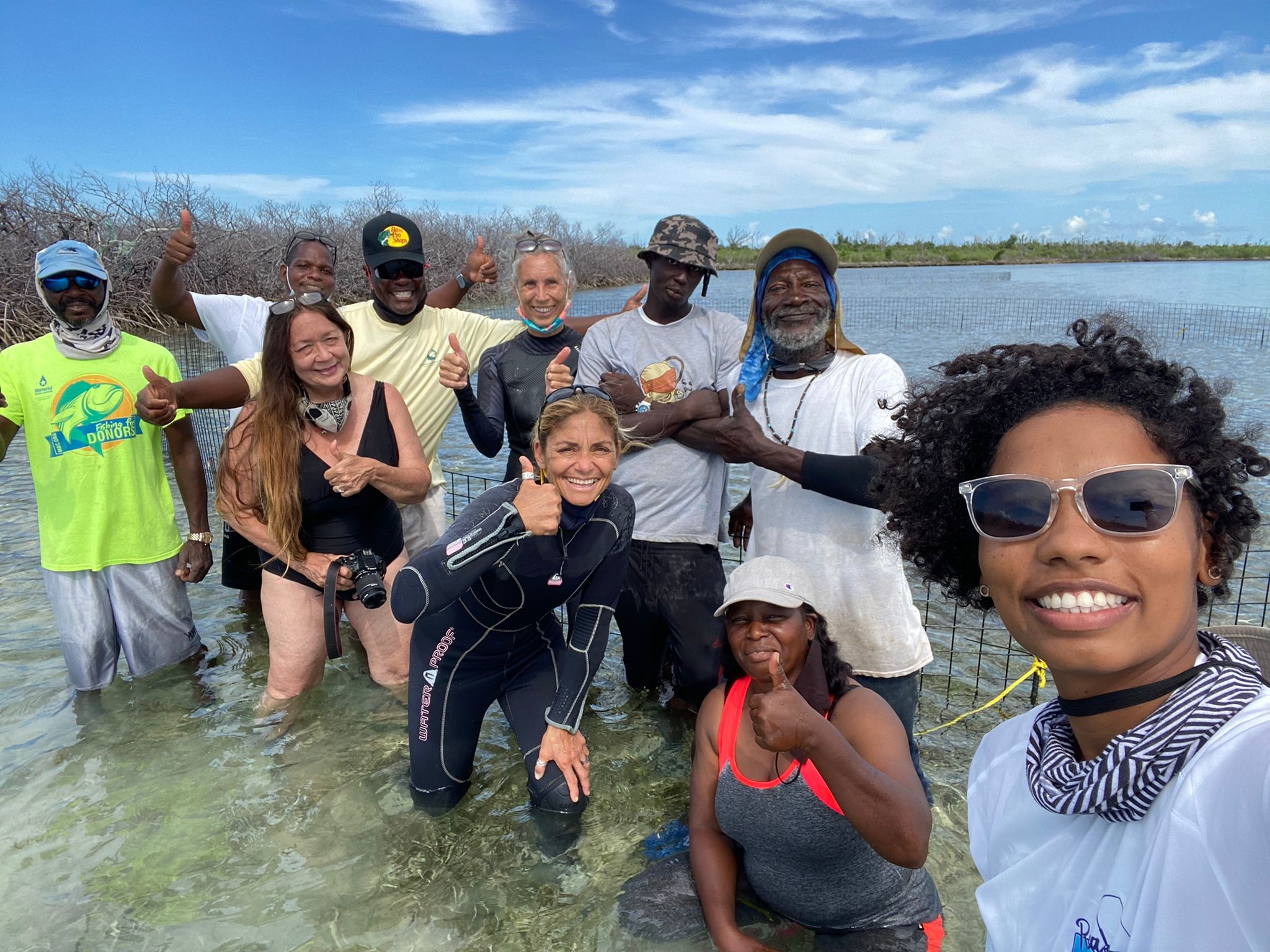
FAU Harbor Branch Receives $2.8 Million Gift to Create a Queen Conch Farm in Grand Bahama
This support expands FAU Harbor Branch’s extensive aquaculture and food security program focused on replenishing queen conch populations throughout the Caribbean. It also enables development of a conceptual master plan for a 25-acre innovation hub on Grand Bahama for researchers working to solve issues of island sustainability.
Dynamic carbon-nitrogen coupling under global change
This study is led by Dr. Shuli Niu (Institute of Geographic Sciences and Natural Resources Research, Chinese Academy of Sciences).
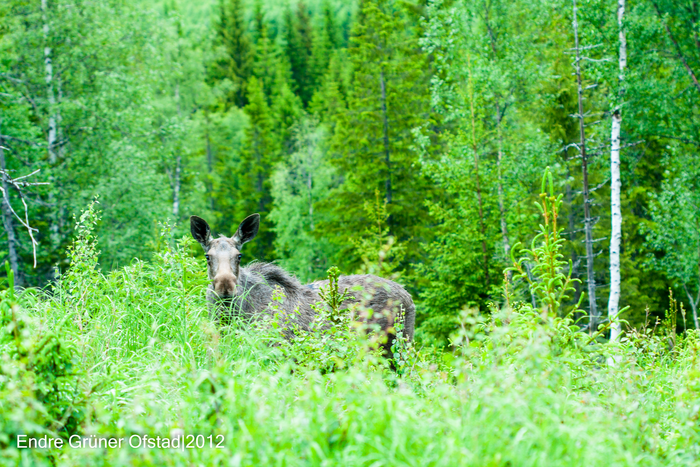
Moose can play a big role in global warming
One of the biggest potential single sources of carbon emissions from wooded parts of Norway has four legs, weighs as much as 400-550 kg and has antlers.
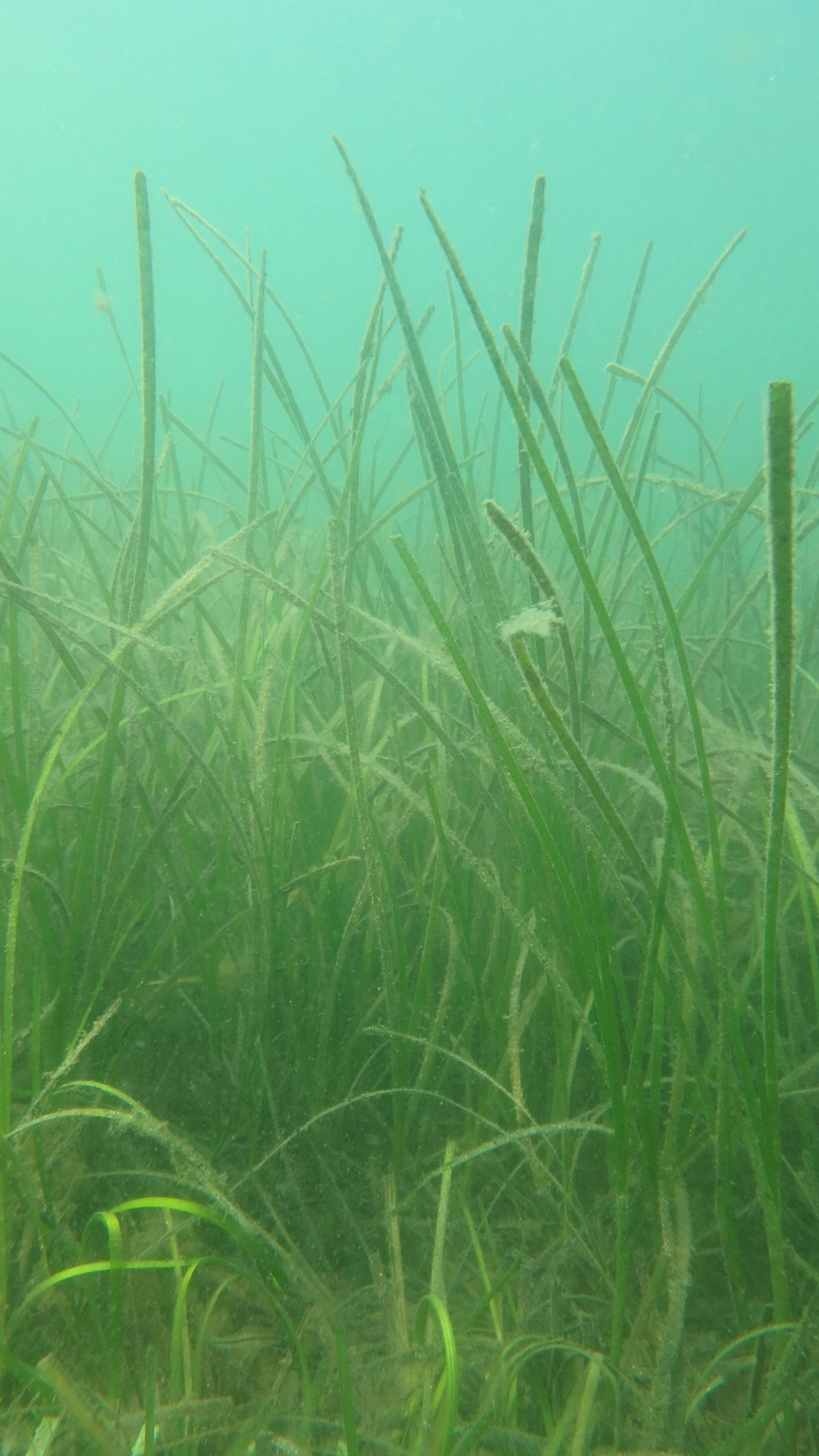
Excess Nutrients Lead to Dramatic Ecosystem Changes in Cape Cod’s Waquoit Bay; The Bay Is a Harbinger for Estuaries Worldwide, Say Researchers
When the Covid-19 pandemic hit in 2020 with associated travel restrictions, Matthew Long thought his students could shift their overseas research projects to instead study the seagrass meadow ecosystem in Waquoit Bay. It’s a shallow, micro-tidal estuary on the south side of Cape Cod in Massachusetts, near the Woods Hole Oceanographic Institution (WHOI) where Long is an associate scientist in the Marine Chemistry and Geochemistry Department.
National Primate Research Center of Thailand Chulalongkorn University Symposium 2023
As its 11th-anniversary approaches, the National Primate Research Center of Thailand Chulalongkorn University (NPRCT-CU) and the Primates Enterprise Co., Ltd. are pleased to announce two events in February 2023:
Grassland ecosystems become more resilient with age
Recent experiments have shown that the loss of species from a plant community can reduce ecosystem functions and services such as productivity, carbon storage and soil health.
How do tidal marshes store carbon?
Plant life and soil conditions impact tidal marsh carbon storage
Environmental DNA uncovers a 2-million-year-old ecosystem in Greenland
An international team, including a researcher from Lawrence Livermore National Laboratory (LLNL), report the oldest ancient environmental DNA (eDNA) record to date describing the rich plant and animal assemblages of the Kap København Formation in north Greenland that existed 2 million years ago.
Gray whale numbers continue decline; NOAA fisheries will continue monitoring
Gray whales that migrate along the West Coast of North America continued to decline in number over the last 2 years, according to a new NOAA Fisheries assessment. The population is now down 38 percent from its peak in 2015 and 2016, as researchers probe the underlying reasons.
What is blue carbon, and why is it important?
Blue carbon provides many ecosystem services and is an important tool in reducing the effects of climate change
Changes in marine ecosystems going undetected
Existing ways of calculating biodiversity dynamics are not very effective in detecting wholesale species community change due to the effects of ocean acidification.
Ecological tipping point: 5+ El Niño events per century controls coastal biotic communities
Along with implications for the future, the findings illuminate important moments in our past, including human migration into the Americas, the variable human use of coastal and interior habitats and the extinction of the flightless duck Chendytes.
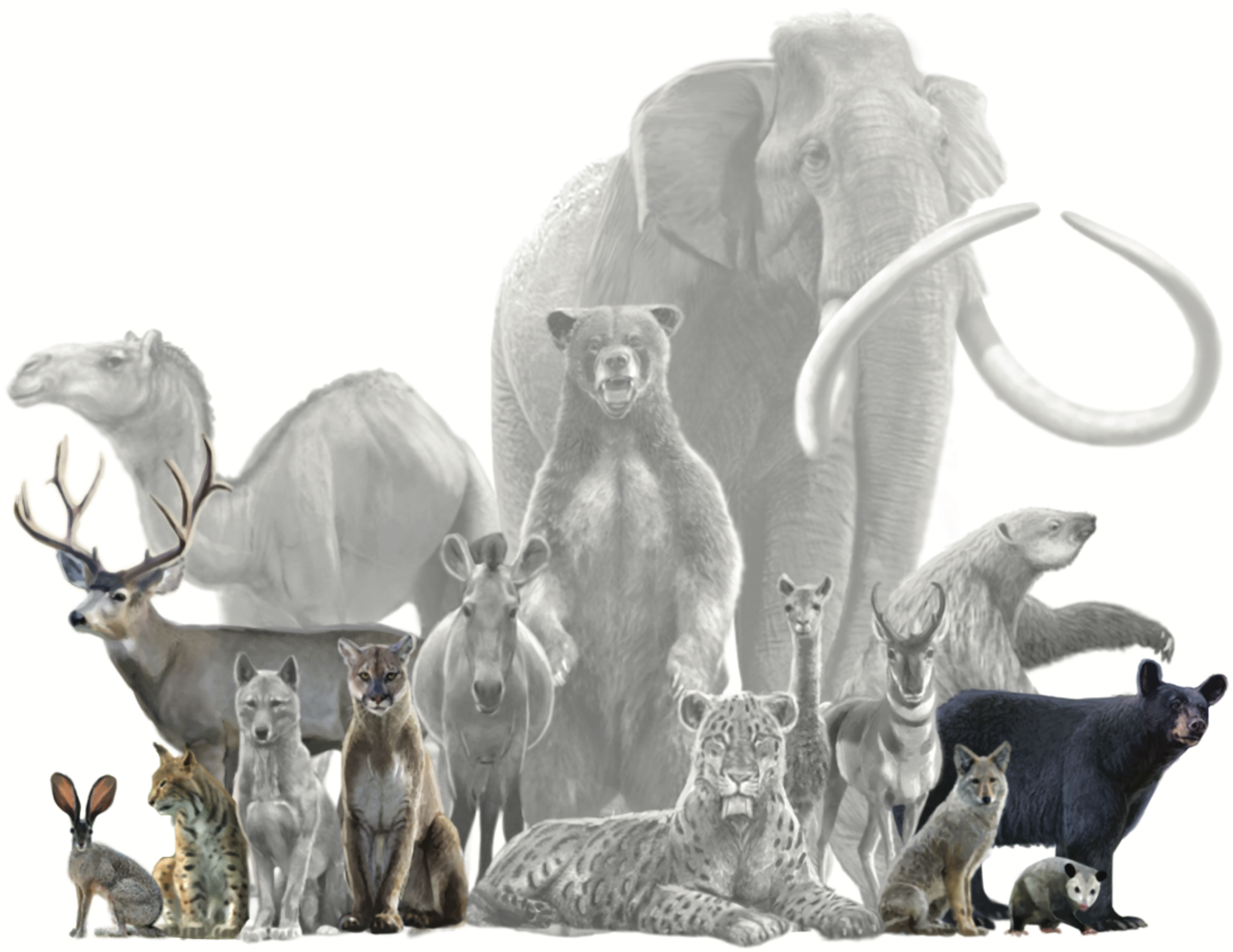
Study Reveals How Prehistoric Humans Simplified the World’s Food Webs
Research conducted with the help of a University at Albany anthropologist has revealed the cascading effects that humans have had on mammal declines and their food webs over the last 130,000 years, a new study in the journal Science shows.
Department of Energy Announces $10 Million for Research on Environmental Systems Science
Today, the U.S. Department of Energy (DOE) announced $10 million in funding for 12 projects to universities, academic institutions, federal research labs, and nonprofits within the area of Environmental System Science (ESS) research. Grants will focus on studies intended to improve the understanding and representation of the impact of wildfires and floods on ecosystems and watersheds, as well the role of plant-mediated water redistribution and fungal networks in shaping ecosystem and watershed function.
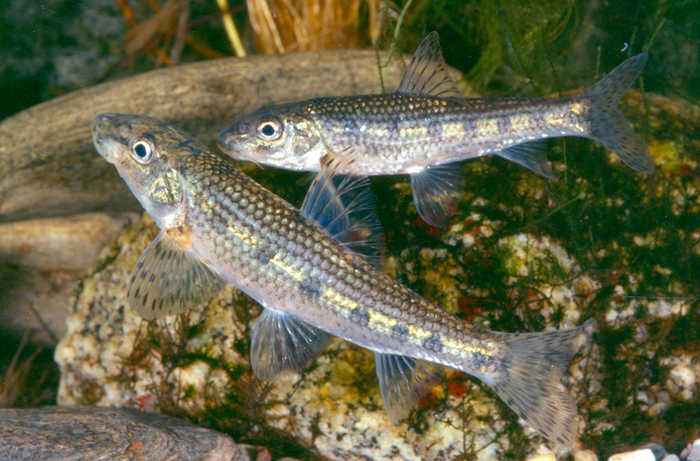
When the invasive fish are native
UB study warns about the ecological impact of native species in waters that do not correspond to them.
A Prickly Situation
Purple sea urchins are munching their way through California’s kelp forests at a speed and scale that have stunned scientists, fishermen and divers alike.
The life puzzle: the location of land on a planet can affect its habitability
New climate models have found that the amount and location of land on a planet’s surface can significantly impact its habitability. Astronomers have identified substantial differences in surface temperature, sea ice and water vapour across a planet’s surface for different land configurations.

New research finds deep-sea mining noise pollution will stretch hundreds of miles
New research published today in the peer-reviewed journal Science examines the potential for underwater noise pollution from seabed mining operations, which could affect the understudied species that live in the deep sea—the largest habitat on Earth.
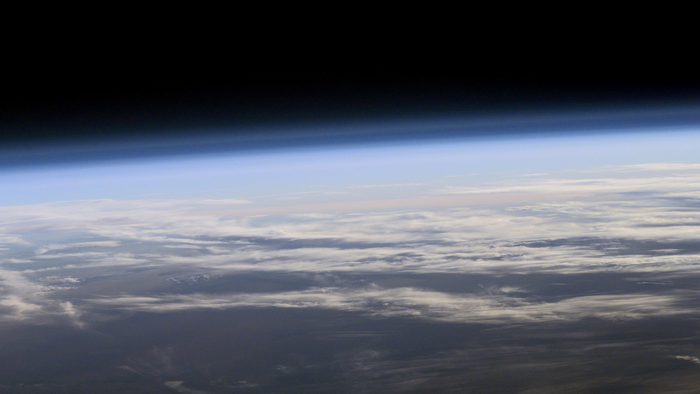
Ozone depletion over North Pole produces weather anomalies
Many people are familiar with the hole in the ozone layer over Antarctica, but what is less well known is that occasionally, the protective ozone in the stratosphere over the Arctic is destroyed as well, thinning the ozone layer there. This last happened in the spring months of 2020, and before that, in the spring of 2011.
150 whales observed feeding together
For the first time since the ban on whaling, large groups of southern fin whales documented in the Antarctic.
What is a pond? Study provides first data-driven definition
Nearly everyone can identify a pond, but what, exactly, distinguishes it from a lake or a wetland? A new study co-led by Cornell offers the first data-driven, functional definition of a pond and evidence of ponds’ distinct ecological function, which could have broad implications for science and policy.
Experts available to discuss wildfire activity, ecosystem recovery and costs
With climate change leading to an increase in wildfires throughout the American Southwest, Northern Arizona University has a number of experts available to discuss the different facets of wildfires, forest health and restoration, and fire response. Ryan Fitch, assistant professor…
Repairing nature with DNA technology
The monumental global task to restore degraded ecosystems will need to include sophisticated technologies such as environmental DNA monitoring to understand and support the recovery of complex biospheres, international researchers say.
Proactive Approaches Needed to Enable Ecosystems to Adapt to Climate Change
As the need to address climate change becomes increasingly urgent so too does the concurrent need for proactive stewardship of the Earth’s rapidly changing biosphere, according to research published today in the journal Science.
Study reveals how climate change can significantly impact one of the world’s most important carbon-rich ecosystems
Researchers from the University of Portsmouth say a ‘one size fits all’ approach to preserving mangrove forests will not work
World’s New Stream Frog Found in Myanmar: Chula Researcher Indicates Its Ecosystem Is Intact
A biologist from the Faculty of Science, Chulalongkorn University working with researchers from Germany and Myanmar has discovered two of the world’s newest stream frogs in Myanmar highlighting the remaining diversity of ecosystems in Southeast Asia and cautions all those involved of the need to conserve our forests before our valuable wildlife become extinct.
Planting new forests with high functional diversity helps improve productivity
As forests age, differences in species functional traits become more important and reliable in predicting forest productivity, according to an international study led by Prof. MA Keping at the Institute of Botany of the Chinese Academy of Sciences (IBCAS).
Climate Change Threatens Base of Polar Oceans’ Bountiful Food Webs
A study recently published in Nature Communications suggests that displacing cold-water communities of algae with warm-adapted ones threatens to destabilize the delicate marine food web. The team was led by University of East Anglia researchers and included DOE Joint Genome Institute researchers.